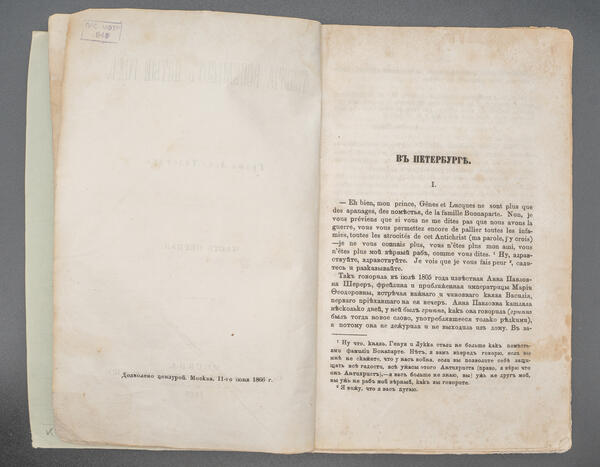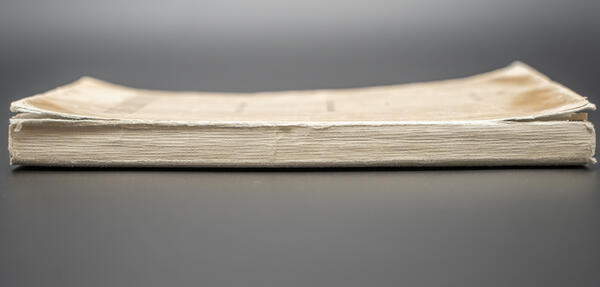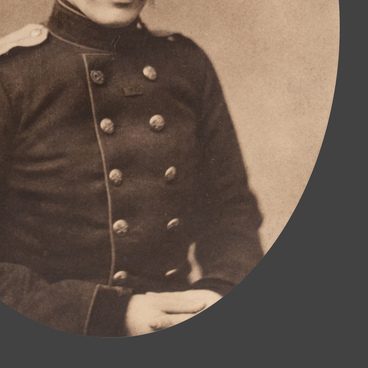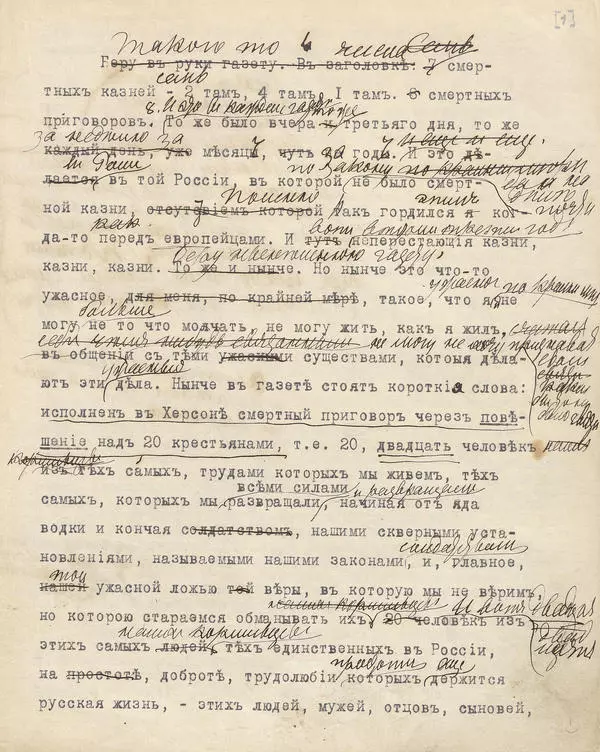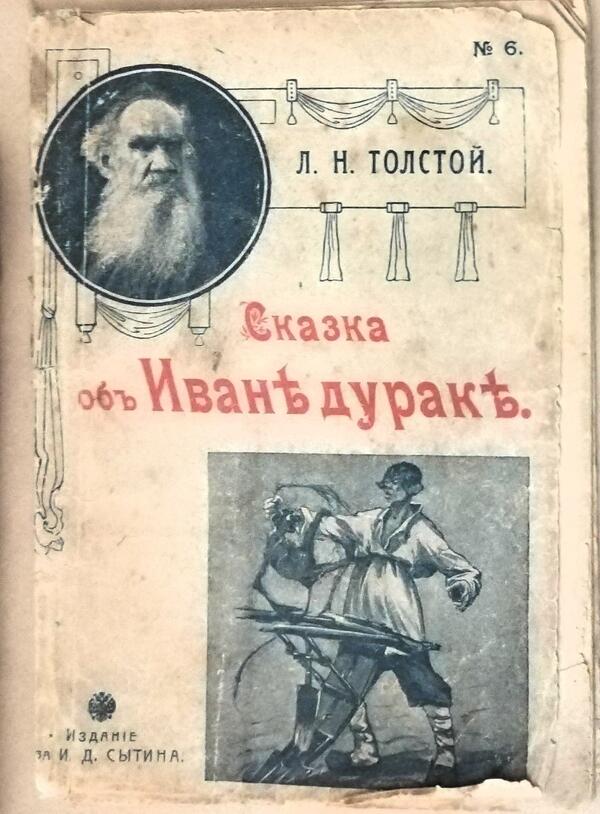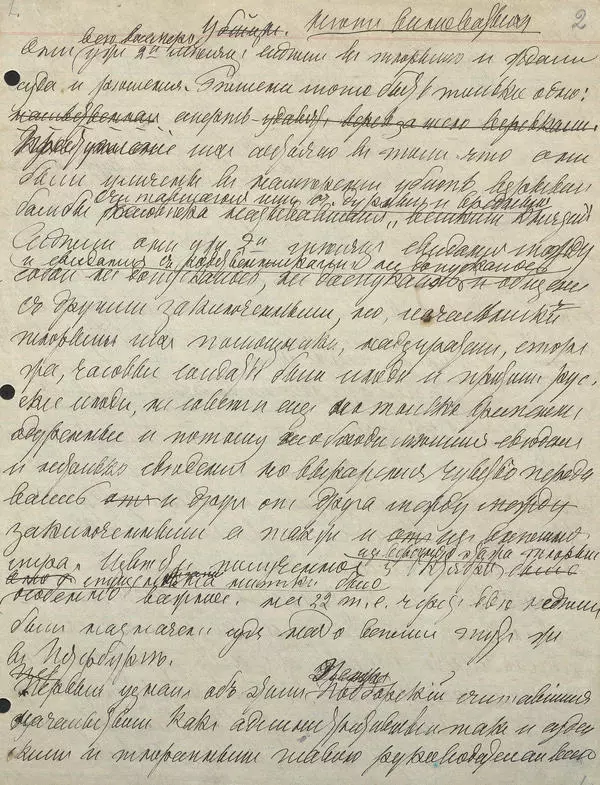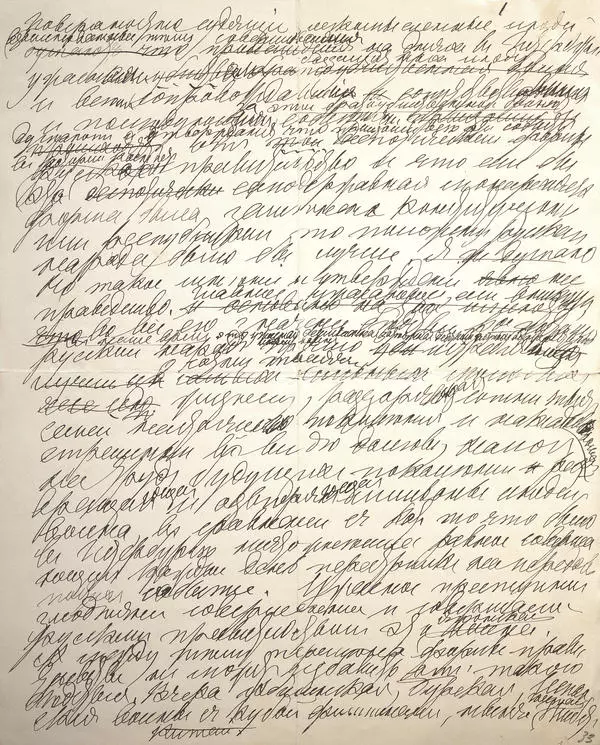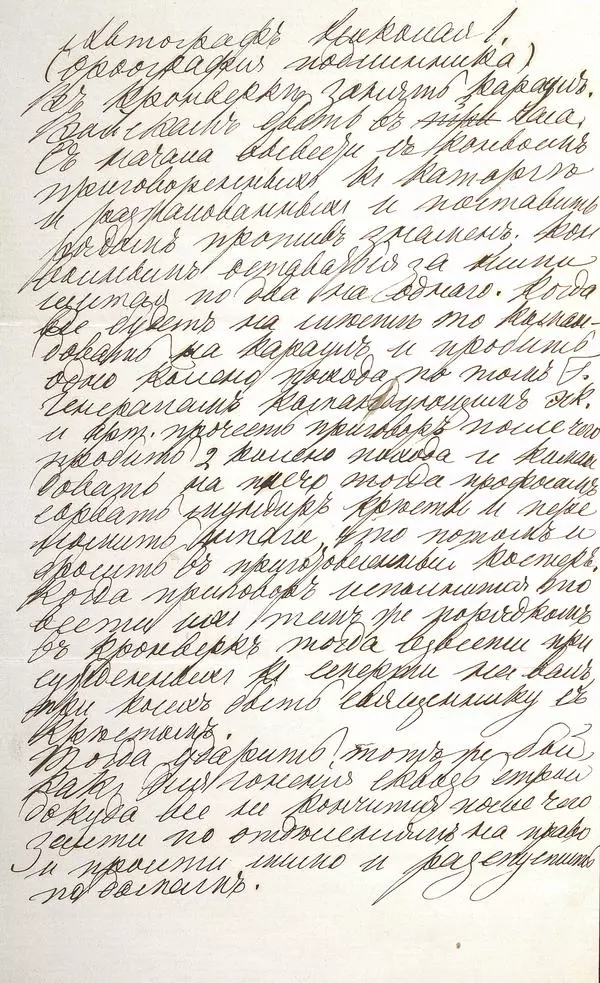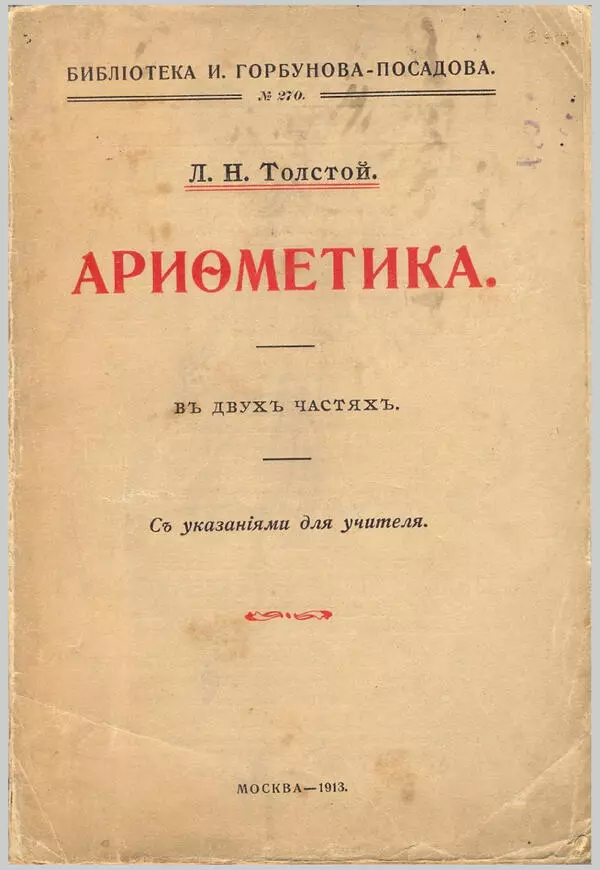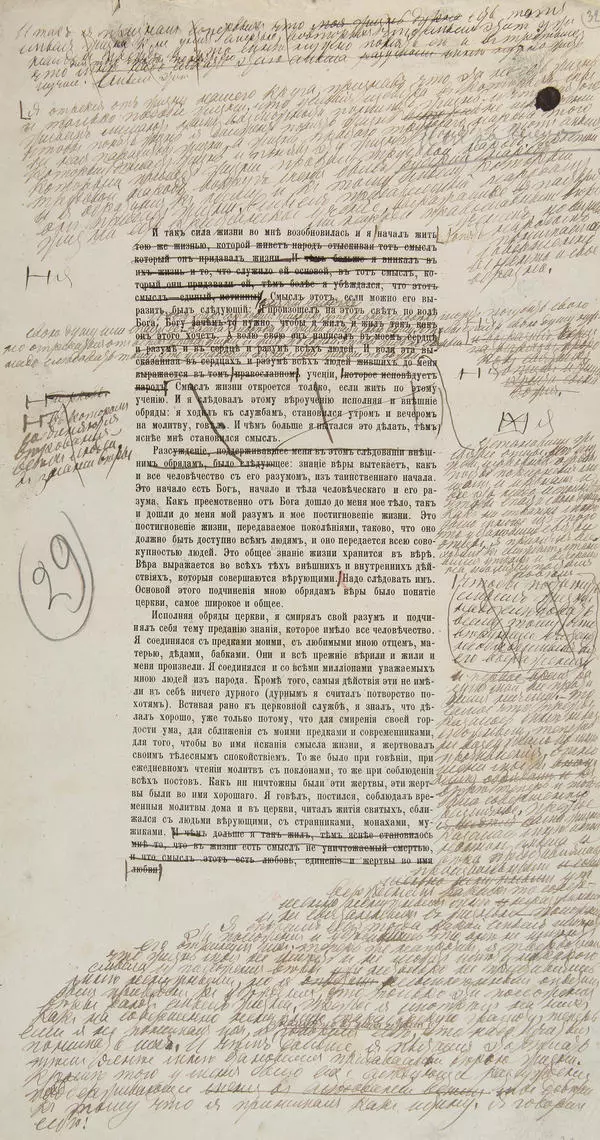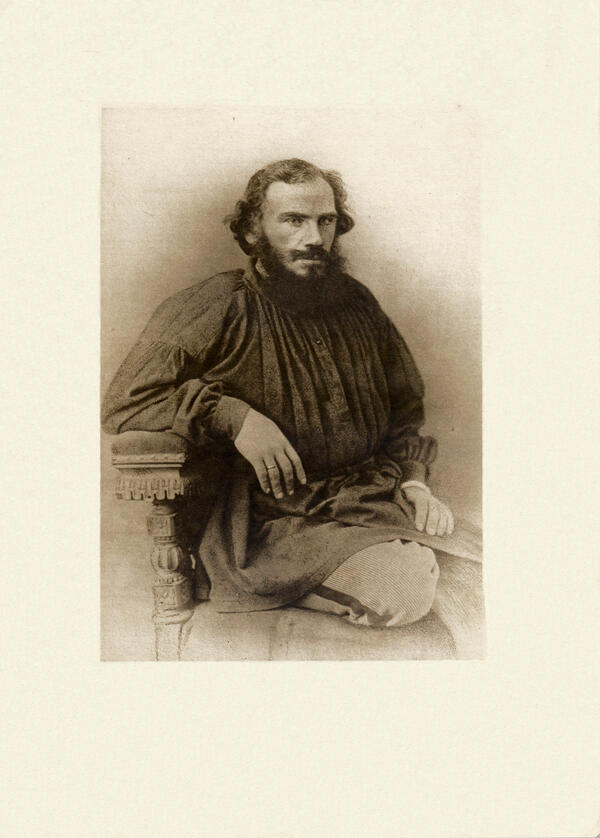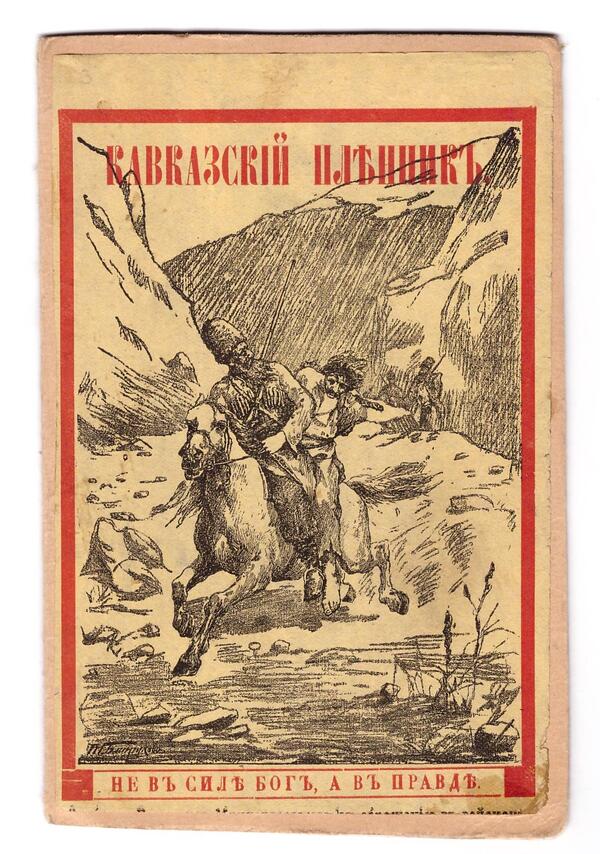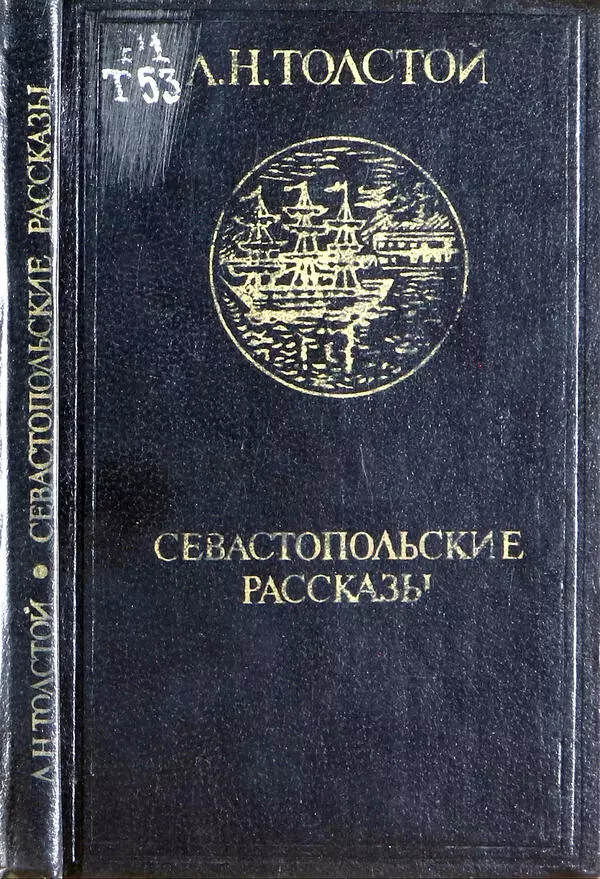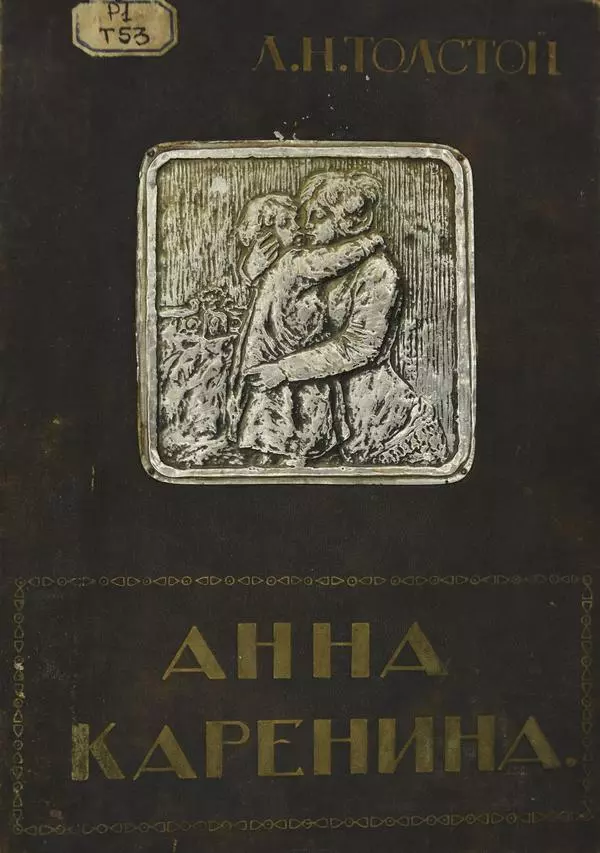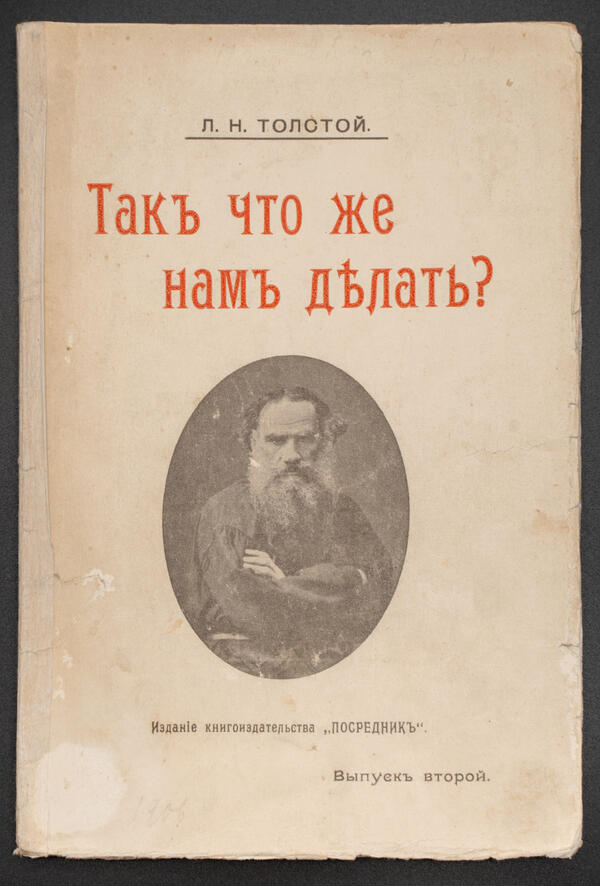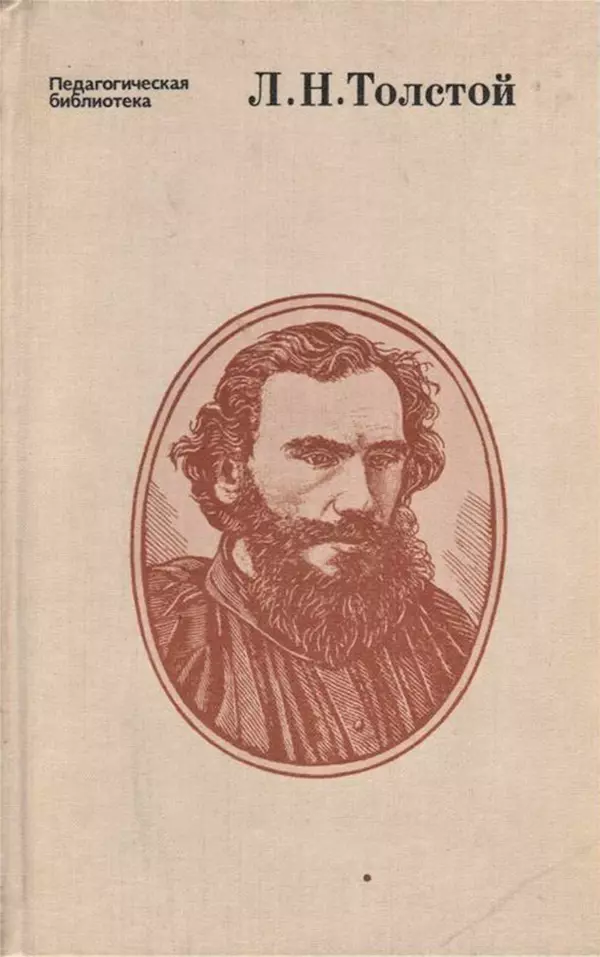This is the first edition of Leo Tolstoy’s novel “War and Peace”. It was first published in 1865 under the title “1805” in the “Russkiy Vestnik” (“The Russian Messenger”) magazine, and only in 1869 it was published as a separate book. Leo Tolstoy’s “War and Peace” was supposed to begin with a story about a Decembrist who returned after 30 years of exile. The story should have started off in 1856, not long before the abolition of serfdom. Upon revising his plans for the novel, Tolstoy moved the date to 1825 — the year of the Decembrist Revolt. While working on this story, the writer decided to show his youth, which was the time of the Patriotic War and the years leading up to it since 1805.
Leo Tolstoy moved the beginning of his novel’s story half a century back in order to make not one but many of his characters live through key events of Russian history. The author called this idea “Three Phases”. The first phase takes place at the beginning of the century, its first decade and a half when the first Decembrists were still young and took part in the Patriotic War.
The second phase is set during the 1820s with its main event, the Decembrist Revolt on Senate Square on December 14, 1825. The third phase shows the 1850s with the Russian army losing the Crimean War, the sudden death of Nicholas I, the amnesty of the Decembrists, their return from exile and their waiting for changes to take place in Russia.
When working on this novel, Tolstoy used memoirs of contemporaries and participants of the Patriotic War. In the “Notes on the Year 1812 by Sergei Glinka, the First Soldier of the Moscow Militia, ” the writer found the material for scenes depicting Moscow during the war. In the “Writings of Denis Vasilyevich Davydov”, Tolstoy found the basis for the partisan episodes of “War and Peace”. In the “Notes of Alexei Petrovich Yermolov”, the writer collected a lot of important information about the actions of Russian troops during the foreign campaigns of 1805–1806.
Tolstoy used materials from newspapers and magazines of the Patriotic War era in his work. He spent his days in the manuscript department of the Rumyantsev Museum and in the archives of the Ministry of the Imperial Court, where he carefully studied unpublished documents: orders and demands, reports and statements, Masonic manuscripts and letters of historical figures. There he also got acquainted with the letters of ladies-in-waiting and generals. They were not intended for printing but contained precious details of everyday life, relationships and peculiarities of people from the beginning of the 19th century.
